Optimal Timing for Tree Straightening
Tree straightenings are most effective when performed during specific periods of the year, depending on the tree's species and growth cycle. Optimal timing ensures minimal stress to the tree and promotes healthy growth. Understanding seasonal patterns and growth phases is essential for achieving the best results.
Spring is often ideal for tree straightenings as trees are entering active growth phases, allowing for better adaptation and quicker recovery.
Performing straightenings during late summer or early fall can be effective, especially before the onset of winter dormancy.
Winter is generally not recommended due to dormancy and increased risk of damage from cold temperatures.
Certain species may have specific optimal times; consulting with an arborist can determine the best timing for individual trees.

Trees are actively growing, making this an optimal time for structural adjustments.

Preparation for winter, with trees still in growth phase.

Ideal for minor straightenings before dormancy begins.
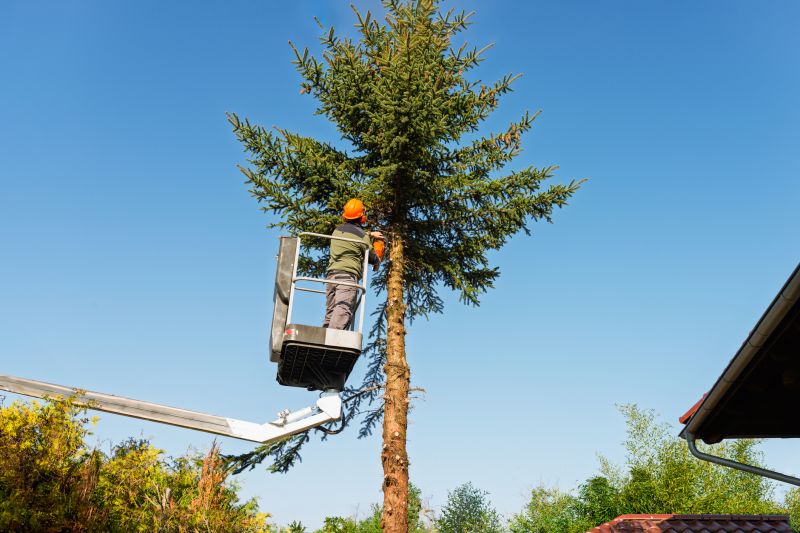
Ways to make Tree Straightenings work in tight or awkward layouts.
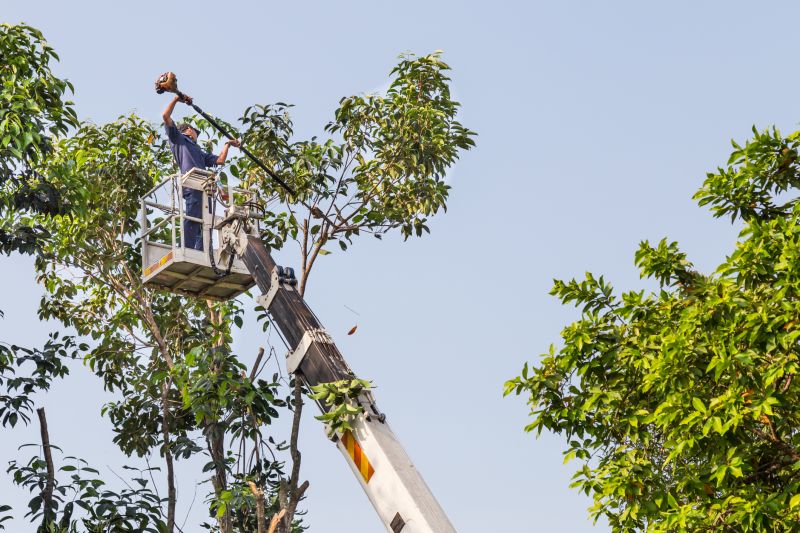
Popular materials for Tree Straightenings and why they hold up over time.
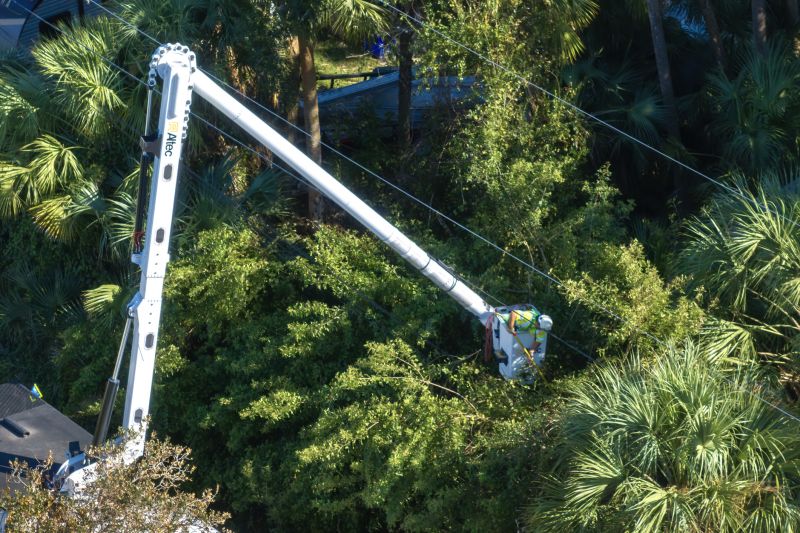
Simple add-ons that improve Tree Straightenings without blowing the budget.
| Season | Recommended Timing |
|---|---|
| Spring | Best for most species, during active growth |
| Late Summer | Suitable for some trees before dormancy |
| Early Fall | Good for minor adjustments |
| Winter | Not recommended due to dormancy |
Tree straightenings involve adjusting the position of a tree to improve its structural integrity and aesthetic appearance. Proper timing ensures the tree can recover quickly and develop a strong, healthy form. Incorrect timing can lead to increased stress, reduced growth, or damage to the tree's structure.

Performed during active growth for optimal results.
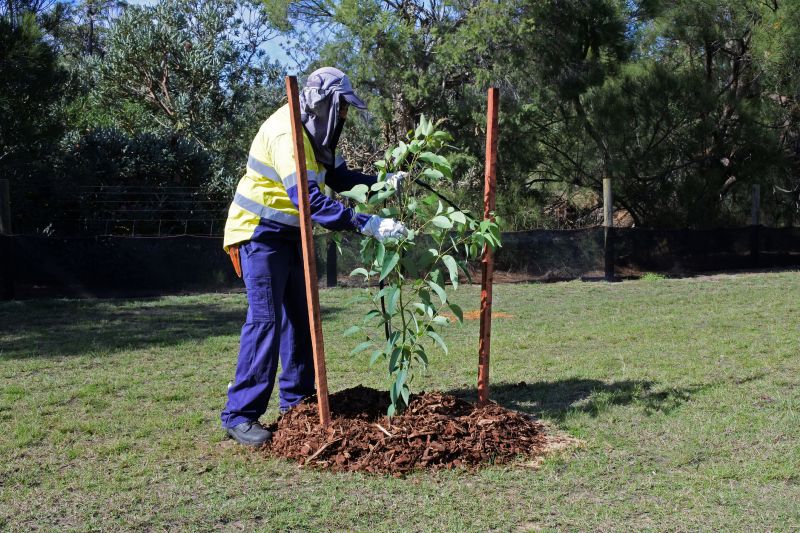
Timing impacts recovery and development.
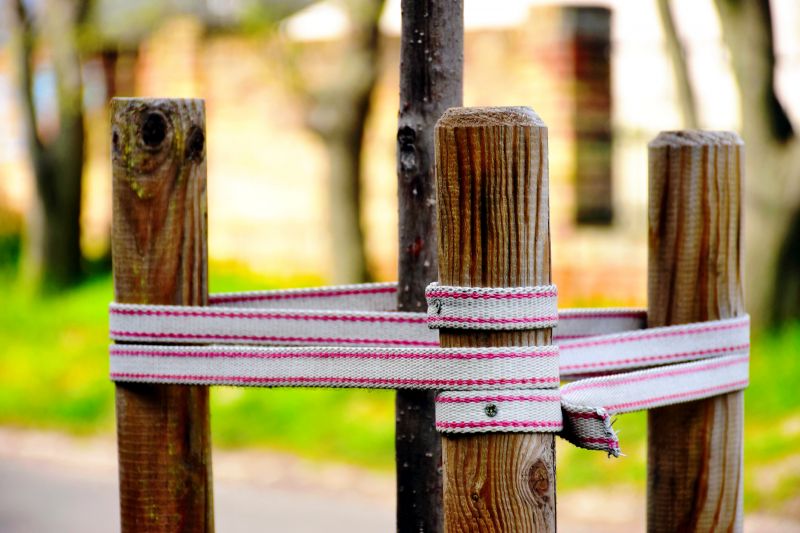
Understanding growth cycles helps determine the best timing.
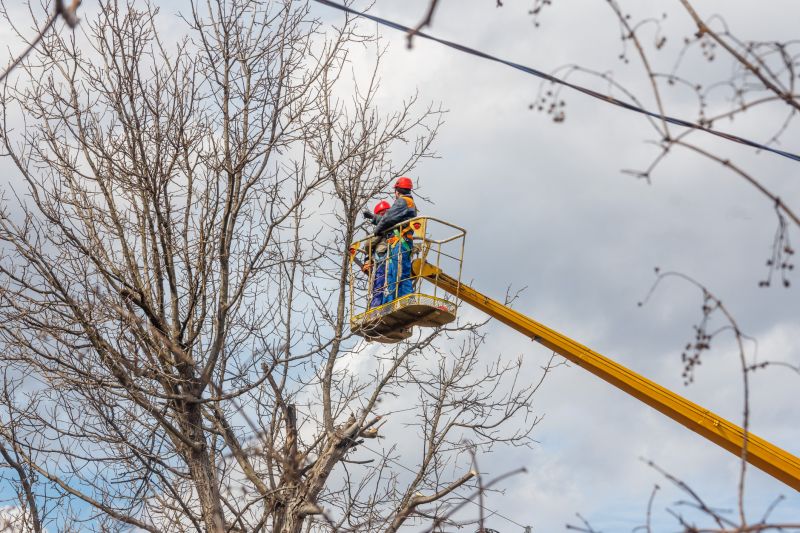
Proper timing reduces risks and enhances outcomes.
Properly timed tree straightenings contribute to the long-term health and stability of trees. Consulting with an arborist or tree care specialist can provide guidance tailored to specific species and local climate conditions. If interested in scheduling a tree straightening, contact for more information.
